The incline pec fly machine is a powerful tool for enhancing chest workouts and targeting the upper chest muscles. By incorporating this specialized equipment into your training regimen, you can take your chest workouts to new heights, effectively isolating and engaging the pectoral muscles for optimal strength and definition.
In this blog post, we will discuss the benefits, techniques, and strategies associated with the incline pec fly machine, providing you with valuable insights to elevate your chest workouts and achieve your fitness goals.
What is an Incline Pec Fly Machine
The incline pec fly machine is a specialized strength training equipment designed to target the pectoral muscles, particularly the upper chest region. It typically consists of two independent levers or handles that move along an arched pathway. Users sit on an inclined bench and grasp the handles, then perform a controlled, arc-like motion, bringing the handles together in front of the chest against resistance.
This machine allows for a focused isolation of the chest muscles, providing a controlled range of motion to effectively stimulate the pectoral muscles. The incline angle of the bench specifically targets the upper chest area, making it a valuable tool for individuals seeking to develop strength and definition in this particular region.
By utilizing the incline pec fly machine, individuals can enhance their chest workouts, promote muscular balance, and work towards achieving a well-rounded and sculpted upper body physique.
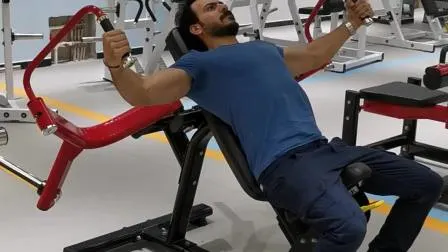
Also Read: 6 best exercises for chest workout | Benefits, Technique, and variations
Incline Pec Fly Machine Muscles Worked
Here are the primary muscles targeted by the incline pec fly machine:
- Upper Pectoral Muscles
- Anterior Deltoids (Front Shoulder Muscles)
- Serratus Anterior (Muscles around the Ribcage)
- Biceps (Secondary Muscles used for Stabilization)
Engaging these muscle groups through controlled movements with the incline pec fly machine contributes to comprehensive upper body development and strength.

How to Perform Incline Pec Fly Machine
A. Set-Up and Equipment Needed
- Adjust the incline bench to an angle of approximately 45 degrees.
- Select an appropriate weight on the incline pec fly machine that allows for controlled movement and proper form.
- Ensure that the handles or levers are set at a height that aligns with your chest when seated on the bench.
B. Step-by-Step Guide
Here’s a detailed breakdown of how to execute the exercise correctly:
- Initial Position:
- Sit on the inclined bench with your feet flat on the floor and your back pressed firmly against the bench.
- Grasp the handles or levers with an overhand grip, keeping your elbows slightly bent.
- Position your upper arms parallel to the floor, maintaining a natural curvature in your spine.
- Execution of the Exercise:
- In a controlled manner, bring the handles together in front of your chest, maintaining a slight bend in your elbows.
- Focus on feeling the contraction in your chest muscles as you bring the handles towards each other.
- Avoid locking out your elbows at the end of the movement to keep tension on the chest muscles.
- Breathing Tips:
- Inhale as you open your arms and lower the handles to the starting position.
- Exhale as you bring the handles together, emphasizing the contraction of the chest muscles.
Maintaining proper form and controlled movements throughout the exercise is crucial for maximizing the effectiveness of the incline pec fly machine and minimizing the risk of injury.
Benefits of Incline Pec Fly Machine
The incline pec fly machine offers several benefits for individuals looking to strengthen and develop their chest muscles:
- Targeted Upper Chest Development: The incline angle of the bench emphasizes the upper portion of the pectoral muscles, aiding in the development of a well-rounded and sculpted chest.
- Isolation of Pectoral Muscles: This machine allows for focused isolation of the chest muscles, helping to enhance muscle engagement and promote balanced development.
- Reduced Shoulder Strain: By maintaining a fixed position on the inclined bench, users can minimize shoulder strain and better concentrate on the chest muscles during the exercise.
- Controlled Range of Motion: The machine provides a controlled and consistent range of motion, allowing users to effectively target the chest muscles without the need to stabilize free weights.
- Enhanced Muscle Definition: Regular use of the incline pec fly machine can contribute to improved muscle definition and strength in the upper chest area.
- Reduced Risk of Injury: The guided and supported movements offered by the machine can help reduce the risk of injury compared to free-weight exercises, especially for those with limited experience or recovering from an injury.
Incorporating the incline pec fly machine into a comprehensive chest workout routine can contribute to overall upper body strength, muscular balance, and aesthetic development.
Variations of Incline Pec Fly Machine
1. Unilateral Incline Pec Fly
The unilateral incline pec fly is a variation of the traditional incline pec fly exercise that focuses on isolating and strengthening one side of the chest at a time. By performing this variation, individuals can address any muscular imbalances and achieve targeted development in the upper chest area.
This variation also provides an opportunity to concentrate on form and maximize the mind-muscle connection for each side independently.
How to Perform:
- Sit on the incline bench and grasp the handle with one hand.
- Keep your chest up and shoulders back as you perform the fly motion with a single arm.
- Switch to the other arm and repeat the movement to ensure balanced development.
2. Reverse Grip Incline Pec Fly
The reverse grip incline pec fly is a variation of the incline pec fly exercise that involves using a pronated grip (palms facing downward) during the movement. This variation shifts the emphasis to different areas of the chest and provides a unique challenge for the muscles.
By incorporating this variation into a workout routine, individuals can engage the chest muscles from a different angle, promoting overall chest development and muscular balance.
How to Perform:
- Adjust the machine and seat for a regular incline pec fly.
- Grasp the handles with an underhand grip, keeping your elbows slightly bent.
- Perform the fly motion, bringing the handles together in front of your chest while maintaining the reverse grip.
3. Alternating Arm Incline Pec Fly
The alternating arm incline pec fly is a variation of the incline pec fly exercise that involves alternating the movement of each arm during the exercise. This dynamic variation uniquely challenges the chest muscles, promoting balanced strength and coordination between the left and right sides of the chest.
By incorporating this variation into a workout routine, individuals can enhance muscular control and stability while targeting the upper chest region effectively.
How to Perform:
- Sit on the incline bench and hold a handle in each hand.
- Start by bringing one handle towards the center of your chest while keeping the other arm extended.
- Alternate the motion with the other arm, creating a fluid and continuous movement pattern.
4. Incline Pec Fly with Isometric Hold
The incline pec fly with isometric hold is a variation of the traditional incline pec fly exercise that incorporates an isometric hold at the peak of the movement. This variation involves pausing and holding the contracted position for a brief duration, which intensifies the engagement of the chest muscles and promotes greater muscle activation.
By adding this variation to a workout routine, individuals can enhance both strength and muscular endurance in the upper chest area, contributing to a more comprehensive chest development.
How to Perform:
- Perform a regular incline pec fly motion until the handles are halfway toward each other.
- Pause and hold the position for a few seconds before completing the full range of motion.
- Focus on maintaining tension in the chest muscles during the isometric hold.
Incorporating these variations into a workout regimen can add diversity to the chest training routine, target different areas of the chest, and provide a novel stimulus for muscular development.
Tips to Maximize Results and Safety
When using the incline pec fly machine, maximizing results and ensuring safety is paramount. Here are some tips to achieve both:
- Proper Form: Maintain proper form throughout the exercise. Keep your back flat against the pad, engage your core, and ensure a controlled movement to avoid strain on the shoulders.
- Adjust Seat and Handles: Adjust the seat and handles to your body size and range of motion. This ensures optimal muscle engagement and minimizes the risk of injury.
- Warm-Up: Before using the machine, perform a thorough warm-up to prepare the chest muscles for the workout. This can include light cardio, dynamic stretches, and warm-up sets with lighter weights.
- Gradual Progression: Start with a comfortable weight and gradually increase the resistance as your strength improves. Avoid lifting excessively heavy weights, particularly when beginning a new training program.
- Full Range of Motion: Focus on a full range of motion during each repetition. This allows for maximum muscle activation and development.
- Controlled Movement: Emphasize controlled, deliberate movements during both the concentric and eccentric phases of the exercise. Avoid using momentum to swing the weights.
- Breathing Technique: Coordinate your breathing with the movement. Inhale during the eccentric (lowering) phase and exhale during the concentric (lifting) phase.
- Rest Periods: Allow adequate rest periods between sets to facilitate muscle recovery and prevent overexertion.
- Consult a Professional: If you’re new to using the incline pec fly machine or have any concerns about your technique, consider consulting a fitness professional for guidance.
- Listen to Your Body: Pay attention to any discomfort or pain during the exercise. If you experience unusual pain or discomfort, stop the exercise and seek advice from a qualified professional.
By following these tips, individuals can optimize their workouts on the incline pec fly machine, leading to improved results while prioritizing safety and injury prevention.
Common Mistakes to Avoid
Avoiding common mistakes is crucial for maximizing the effectiveness of the incline pec fly machine while minimizing the risk of injury. Here are some common mistakes to steer clear of:
- Using Excessive Weight: Using excessively heavy weights can lead to compromised form and increase the risk of injury. Focus on using a weight that allows for controlled and proper form throughout the exercise.
- Flaring Elbows: Allowing the elbows to excessively flare out during the movement can place unnecessary strain on the shoulders. Aim to keep the elbows at a slight angle, rather than perpendicular to the body, to maintain proper shoulder alignment.
- Incomplete Range of Motion: Failing to perform a full range of motion limits the effectiveness of the exercise. Ensure that the arms reach an extended position at the top of the movement and return to a comfortable stretch at the bottom.
- Rapid, Uncontrolled Movements: Engaging in rapid or uncontrolled movements reduces the effectiveness of the exercise and increases the risk of muscle strain. Emphasize slow, controlled movements throughout each repetition.
- Neglecting Core Engagement: Failing to engage the core during the exercise can lead to an unstable posture and potential lower back discomfort. Maintain core engagement to support proper spinal alignment.
- Incorrect Seat and Handle Adjustment: Improperly adjusting the seat or handles can lead to suboptimal muscle engagement and discomfort during the exercise. Take the time to adjust the settings to fit your body properly.
- Lack of Warm-Up: Skipping a proper warm-up can increase the risk of injury and reduce the effectiveness of the workout. Prioritize a thorough warm-up routine before using the incline pec fly machine.
- Breathing Irregularities: Neglecting proper breathing techniques can impair performance and lead to reduced oxygen supply to muscles. Coordinate your breath with the movement for optimal results.
By avoiding these common mistakes, individuals can ensure that their workouts on the incline pec fly machine are both effective and safe, leading to improved chest development and overall fitness.
Frequent Question Answers
By addressing the following frequently asked questions, we hope to provide clarity and guidance on incorporating the incline pec fly machine into your fitness routine. Remember to listen to your body, start at an appropriate level, and gradually progress for optimal results.
| Question | Answer |
|---|---|
| What muscles does the incline pec fly machine work? | The incline pec fly machine primarily targets the pectoralis major (upper chest muscles). It also engages the anterior deltoids and triceps to a lesser extent. |
| Is the pec fly machine effective? | Yes, when performed with proper form and technique, the pec fly machine can be an effective exercise for targeting the chest muscles. |
| What angle should the incline pec fly? | The incline pec fly is typically performed on a bench inclined between 30 to 45 degrees to target the upper chest effectively. |
| Is the pec fly machine worth it? | The worth of the pec fly machine depends on individual fitness goals and preferences. It can be beneficial for targeting the chest muscles, but its effectiveness varies from person to person. |
| Do pec flies make your chest bigger? | In combination with a well-rounded training program and proper nutrition, pec flys can contribute to chest hypertrophy, which may result in a larger, more developed chest over time. |
| Does PEC fly hit the lower chest? | The pec fly primarily targets the upper chest. To target the lower chest, decline pec fly exercises or other specific movements may be more effective. |
| Is chest press better than PEC fly? | The chest press and pec fly exercises each have their benefits. The chest press emphasizes overall chest strength, while the pec fly targets the chest muscles with a focus on isolation and stretch. |
| Which pec fly hits the upper chest? | The incline pec fly, performed on an incline bench, effectively targets the upper chest muscles due to the inclined angle of the bench. |
| Does PEC fly use biceps? | While the pec fly primarily targets the chest muscles, the biceps are involved to a lesser extent as stabilizing muscles during the exercise. |
Conclusion
In conclusion, the incline pec fly machine is a valuable tool for targeting the upper chest muscles, with the potential to contribute to chest hypertrophy when incorporated into a well-rounded training regimen. However, it’s essential to perform this exercise with proper form and technique to maximize its effectiveness and minimize the risk of injury. The incline pec fly, when executed at the appropriate angle and in conjunction with a balanced workout routine, can be a beneficial addition to a chest-focused training program.
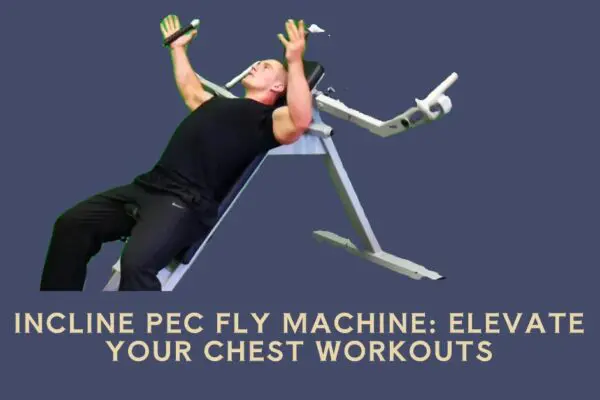

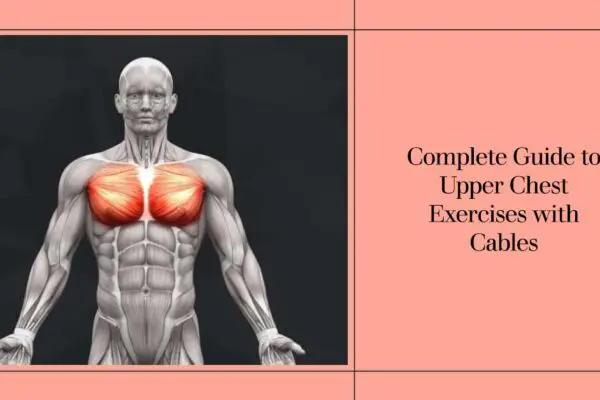
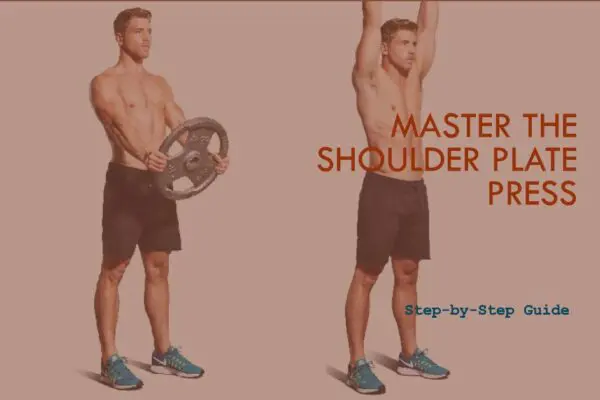
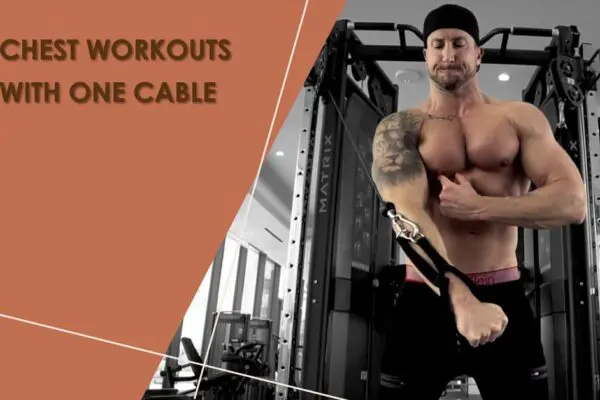

Leave a Reply